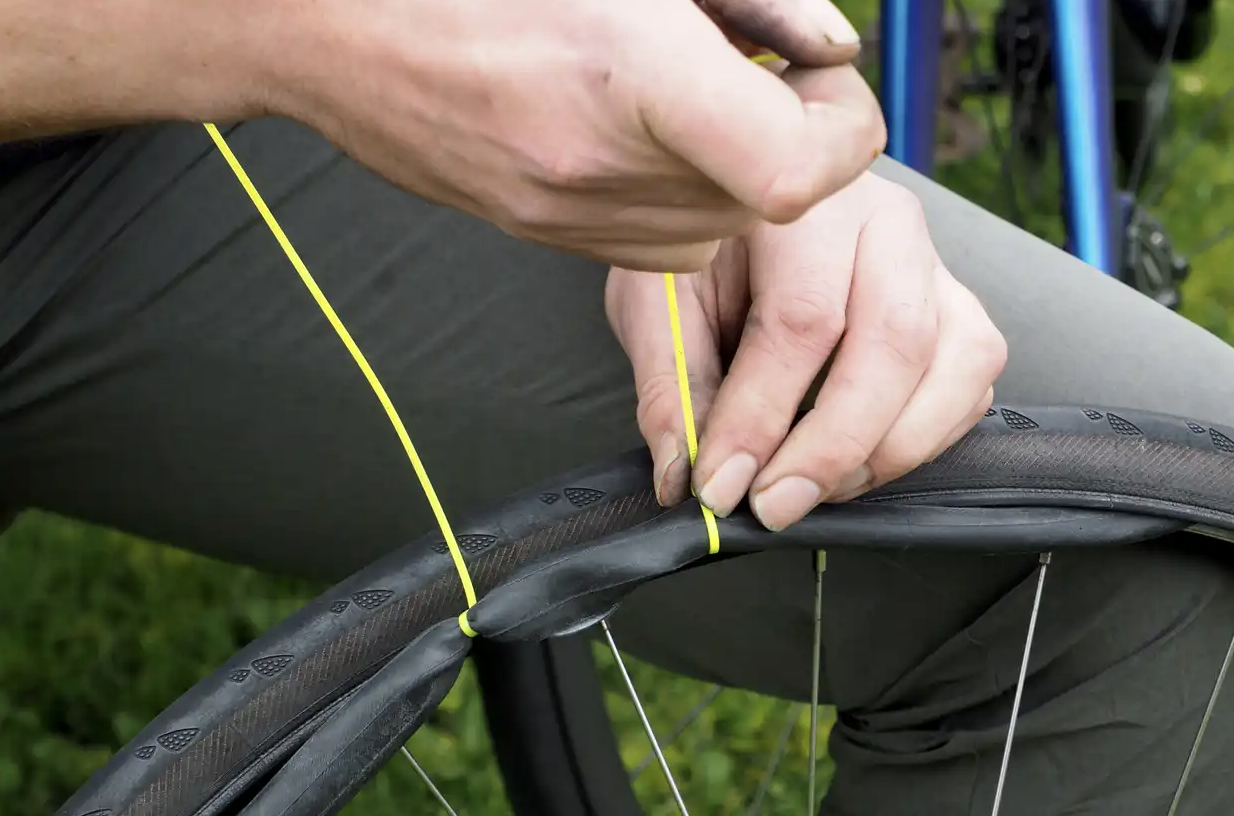Width
Current Selection:
Make
Current Selection:

How To Choose The Right Bicycle Tube Size
The common bicycle inner tube has a similar structure to a balloon. It is filled with air, and inflated or deflated using a valve. Located inside the bicycle tyre, this tube can provide you with a smooth, secure ride. Your bike very probably has inner tubes unless you've changed it to be tubeless. Today, we are going to talk more about choosing the right bicycle tube size.
Step 1: Choosing the Correct Tube Size
The diameter of your wheel and the breadth of your tire are two crucial measurements that you must be aware of when choosing a tube. To choose the appropriate tube size, you require both. Your tire has the following measurements: Diameter x Width.
Your wheel's diameter is indicated by the first number. The number represents the section width of the tire, in millimeters.For instance, a tyre with 255/45/R20 mark has the “255” as the first indicator, meaning that it is 255 millimeters wide. The second digit indicates the tire width (after the X). Typically, the breadth ranges between 1 and 3 inches. For instance, a tire size of 26 x 1.75 signifies that the tire is 26 inches in diameter and 1.75 inches wide.
Your width measurement does not require precision, but your diameter measurement must. Inner tubes are often available in a variety of diameters because they expand. One of our most popular tubes, for instance, is the 26 x 1.75-2.125", which fits tires with a 26-inch diameter and a width between 1.75 and 2.125 inches.
Although some tires have dimensions in millimeters, the fundamental formula for measurements is still Diameter x Width. You will see something like 700c x 18 mm rather than inches. An earlier French method employed letters a, b, and c to identify inner wheel rim sizes left behind the letter at the end of the tire diameter.
Step 2: Choosing the Correct Valve Stem
You must choose your valve stem type after determining your tube size. The metal component of the bicycle wheel that protrudes and allows air to enter (and remain in) your tire is known as the valve stem. Valve stems come in three varieties: Schrader, Presta, and Woods/Dunlop. We won't spend much time on the Woods (or Dunlop) valve stem because it is incredibly uncommon and often only seen in Asia or the Netherlands.
Presta and Schrader Valves
On the other side, Schrader valves are the most typical valve stems seen on bicycles. These are frequently referred to as standard valves since they are the most recognized of the group. Thinking of the letter "S" can help you recall if you have a Schrader valve. Schrader valves are brief, reliable, and common. It's probably a Schrader valve stem if you don't know what kind you have.
Presta is the final variety of valve stem. Professional riders typically prefer higher-end bicycles with Presta valves. Consider the "P" in Presta for premium, performance, and professionalism. Usually, if you have a Presta valve, you are aware of it.
Step 3: Durability - Self-Sealing or Standard Tubes
Durability is the final factor to take into account when choosing a tube. You don't have to endure the pain of flat tires; riding without flats is a possibility. Heavy, robust and built to prevent flats for up to two years are self-sealing tubes! You must get tubes with Slime tire sealant already attached if you want that level of protection.
Instead, you may manually insert the tube sealant if you already have empty tubes but still want the security that self-sealing tubes offer. Find out more information on tube sealing here.
Congratulations—you are now an authority on tubes! You won't ever choose the incorrect tube again if you take into account tire size, valve stem type, and durability requirements while buying tubes. Get off on your ride right away!




The information below is required for social login